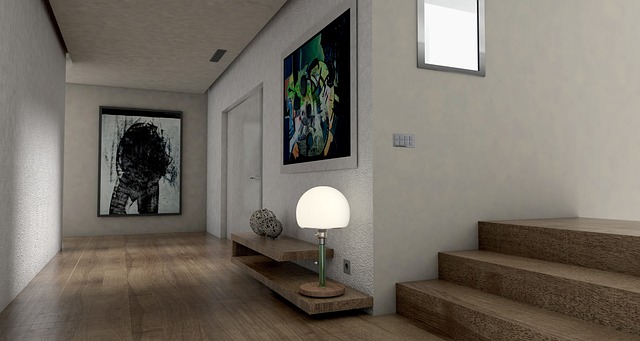Exploring the Future of Simulation: A Dive into Virtual Reality, Augmented Reality, and the Metaverse
The world of technology is evolving at an unprecedented pace, and one of the most exciting spaces experiencing rapid transformation is the simulation platform landscape. From immersive environments to interactive experiences, the future of simulation is set to redefine how we interact with digital content and the world around us. In this journey, we will explore three groundbreaking components: Virtual Reality (VR), Augmented Reality (AR), and the Metaverse.
Virtual Reality: The Immersive Experience
Imagine putting on a headset and being instantly transported to another world—a place where ordinary rules bend and the possibilities are limitless. That’s the allure of Virtual Reality. This simulation platform enables users to step into vividly created environments and participate in experiences that feel incredibly real. Whether it’s exploring the depths of the ocean or soaring through the skies, VR is revolutionizing how we engage with simulations.
In various sectors, from education to healthcare, VR provides unparalleled training opportunities. Medical professionals can rehearse complex procedures in a controlled setting, while students can embark on virtual field trips to historical sites, enhancing learning through experience. The immersive quality of VR encourages users to emotionally connect with the simulation, creating lasting impressions and facilitating improved retention of information.
Augmented Reality: Blending Real and Digital Worlds
While VR fully immerses users in a digital sphere, Augmented Reality offers a different approach by overlaying digital elements onto the real world. Think of catchy apps like Pokémon Go, which encourage players to venture out and interact with their surroundings while capturing digital creatures. This is just the tip of the iceberg when it comes to AR technology!
On the simulation platform front, AR is making waves in industries such as retail and training. Imagine walking into a store and using your smartphone to visualize how a piece of furniture would fit in your living room. For training, technicians can receive real-time holographic instructions while repairing complex machinery, marrying practical experience with digital aids. The blend of reality and simulation enriches user experiences, allowing for practical applications in everyday life.
The Metaverse: The Future of Digital Interaction
Now, let’s dive into the concept that is set to take virtual interaction to new heights: the Metaverse. It’s not just a buzzword; the Metaverse represents a collective virtual space where users can interact with a computer-generated environment and other participants. Powered by both VR and AR, this simulation platform offers an expansive realm where the boundaries between our physical and digital lives blur.
In the Metaverse, possibilities are endless. Businesses can host virtual events, creators can set up immersive art exhibitions, and individuals can socialize through their avatars without geographical limitations. This new digital frontier encourages innovation, fostering creativity and collaboration in ways that were once deemed impossible. It holds the potential to redefine social dynamics and create new economic models, blending commerce and entertainment in a seamless manner.
As we stand on the brink of this exhilarating era in simulations, it’s vital to embrace these advancements. With VR, AR, and the Metaverse at the forefront, the simulation platform landscape is not just about technology; it’s about enhancing human experiences and creating new paradigms for interaction and understanding.



